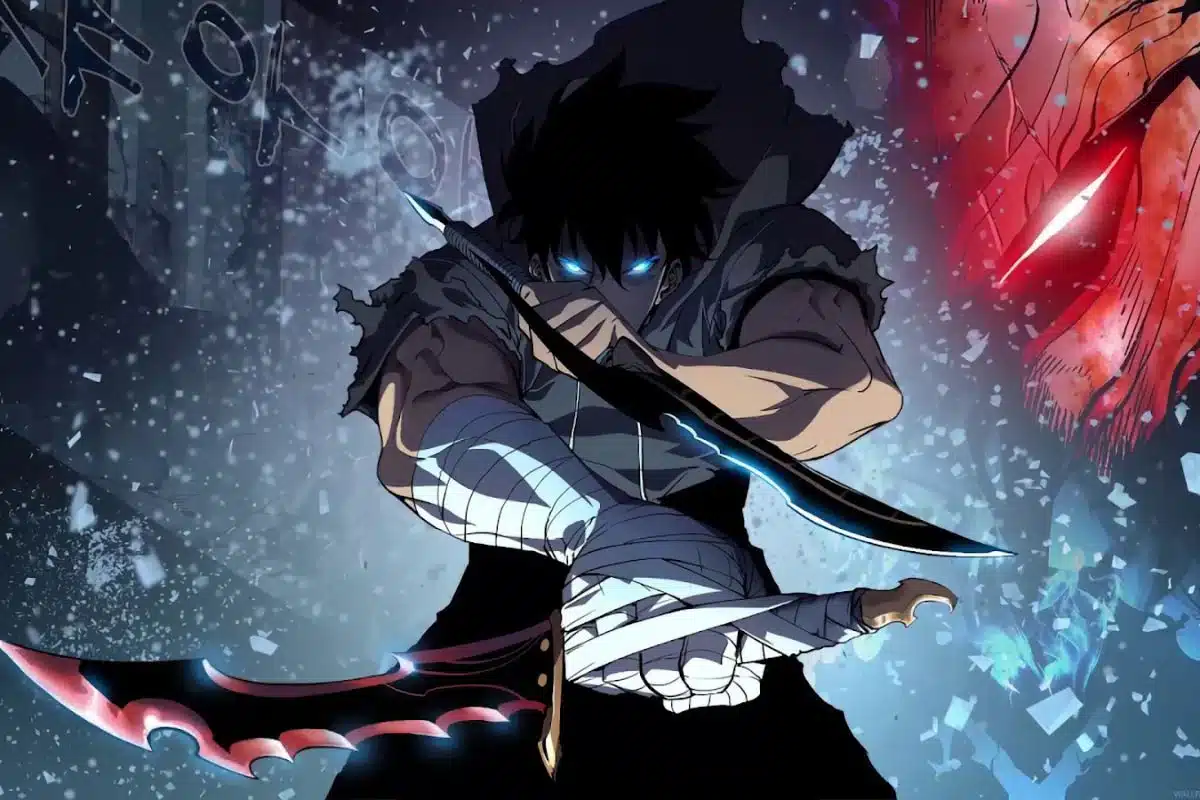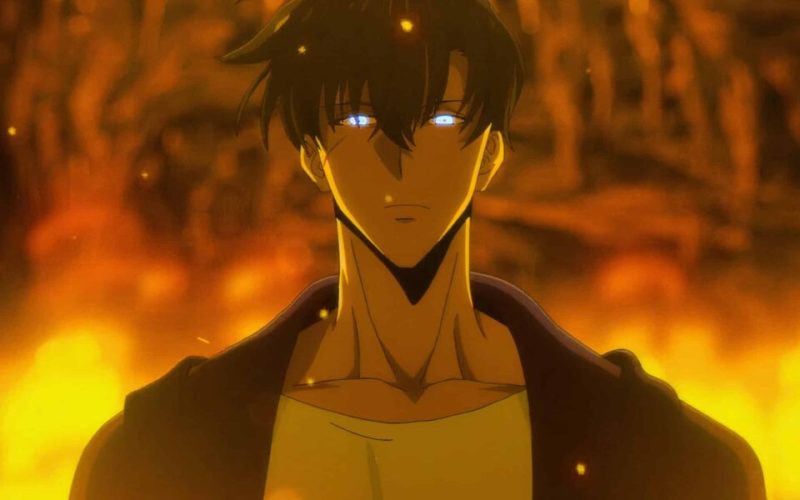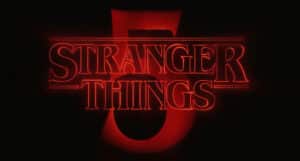Within its arguably short run time, A-1 Pictures’ Solo Leveling has garnered a lot of attention, to the point of winning Anime of the Year at the Crunchyroll Anime Awards 2025. Reasons for this range from its subtle storytelling and fascinating characters to its stunning art and animation, and with these things working so well to produce something so beloved, people are looking to A-1 Pictures to find out what their winning formula is.
The answer is complicated, but it does have parallels with the recent success story of the RPG, Clair Obscur: Expedition 33. While A-1 Pictures is by no means a small, Indie company, there are some practices that both Sandfall Interactive and A-1 Pictures engage with that have yielded dramatic results this year, and most of those practices revolve around the idea that their creative outputters are, above all else, human. They have their own dreams and ideas, they have their own things that they want to achieve, and above everything else, they want to have fun with their projects so that their projects are fun for everyone else.
Trusting Your Team

It’s hard to put aside the stereotype of the workaholic manga artist working himself to collapse, Bakuman style, and while the artists and animators at A-1 Studios work hard, Atsushi Kaneko, animation producer, makes a point of saying the following:
All I can do is trust and help create as much time as possible for the creative team to be able to extend their minds.
This quote was in relation to some unusual work practices, like allowing one of the workers to take a three-hour walk and allowing another to program in a Nintendo Switch controller so he could select menu options like they were playing a game. Unconventional as these practices might be, they help that individual create and, as Kaneko goes on to say, if he’s done his job correctly and recruited the right people, then that trust pays off.
Thinking Outside The Box
The atypical structure of their work environment means that they’re all able to think outside the box and produce things to take their projects to new heights, as with Episode 25 of Solo Leveling which has more frames for the action sequences than the norm for action-based anime, resulting in a smoother and more detailed experience that takes the breath-away.
Trusting the team also extends to the higher-ups, as Kaneko confessed to having a drink with Sota Furuhashi from Aniplex and revealing himself in varying states. Furuhashi continued to put his faith in Kaneko, and the result has been our chosen Anime of the Year, a clean and beautifully produced anime with moments that will be remembered for years.
No Limits
A-1 Pictures uses the tried and tested Dungeons and Dragons DM method of saying yes to their players. Unless there is a very good reason indeed, there is no point in limiting what creative people want to push themselves to do, according to the A-1 Pictures philosophy. A great example of this was when the line producer suggested that one animator take on the responsibility for producing all the first-stage key frames for Solo Leveling Episode 19. Kaneko confirmed:
This happened because the line producer, who is in charge of making sure production stays on time and on budget, had a very long-standing relationship with this particular animator and trusted their abilities.
Having one animator create all key frames like that will promote a level of coherence that might not be fully achievable with a team, though others will look over those key frames for the second and third stages. Giving his animator a moment to shine means that the Studio can test the mettle of its creators in much the same way Jinwoo is tested in Solo Leveling, promoting that philosophy to push to greater heights and showing a deeper level of understanding for that message.
Creative Freedom
Understanding that the creators are human and should be able to evolve on their own terms has lead to things like the animation being adjusted to account for brilliant voice acting as well, such as with Episode 8 in which Johee is speaking to her mother about her struggles as a Hunter, which is Kaneko’s favorite performance moment of Season 1.
Before this scene, in the Japanese version, Joohee’s been speaking in a Tokyo-style accent this whole time. But in that moment, when she’s on the phone with her mom, she speaks in a Western Osaka dialect. That’s a moment where we see her being very vulnerable and raw.
Inspiring moments like this push the animators to make the characters as expressive as possible, to enhance the rawness of a performance like that, and really bring home just how wonderful it is to create something that will really touch the human spirit. The same care can be seen when Jinwoo’s mother is revived from the Eternal Sleep disease in Season 2, in the stress lines on Jinwoo’s face as he breaks down and confesses to how hard he’s really been trying, to how much the aloof hero we know is just a mask to deeper vulnerabilities.
Stirring Controversy At Home
While no one can fault the art or the story due to A-1 Pictures’ innovative and human practices, Solo Leveling has had mixed reviews in Japan due to the negative portrayal of Japanese Hunters during the Jeju Arc. Indeed, during the Japanese broadcast, Japan was referred to as a fictional nation, which is very much akin to Shakespeare and his ‘fair Verona’, the fictional setting for Romeo and Juliet, used so as not to upset any of his fellow Englishmen.
The idea of Solo Leveling being set in the real world is quite a large part of making the story seem less game-like, but how important is it to retain that Japanese audience, particularly when A-1 Pictures resides in Tokyo, Japan?








